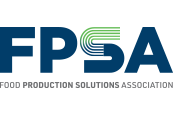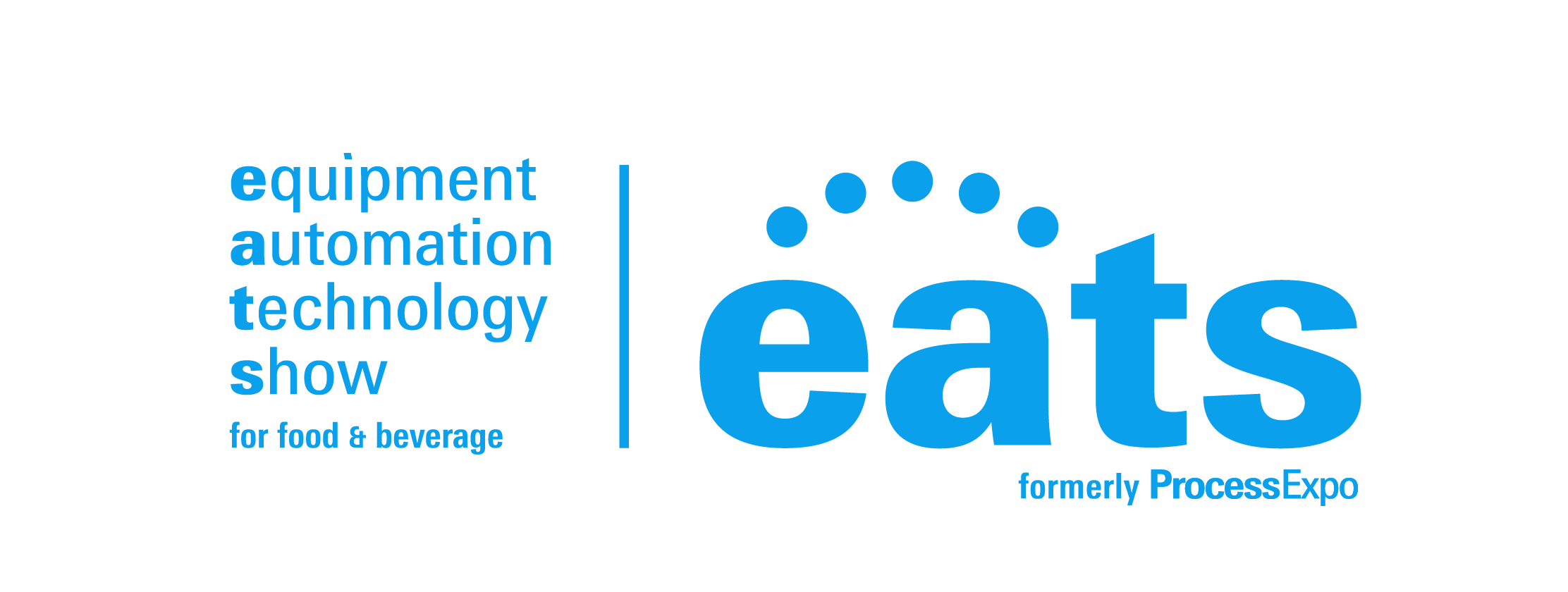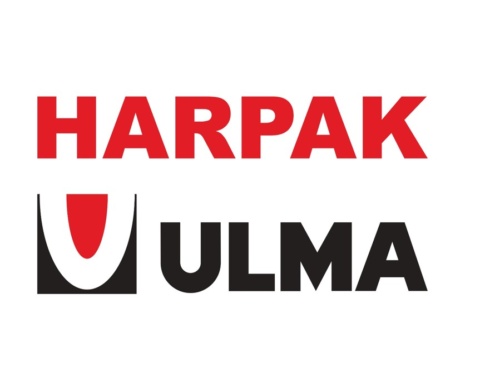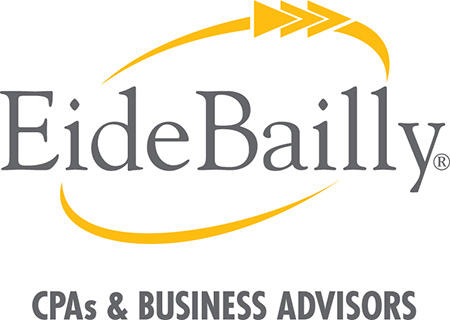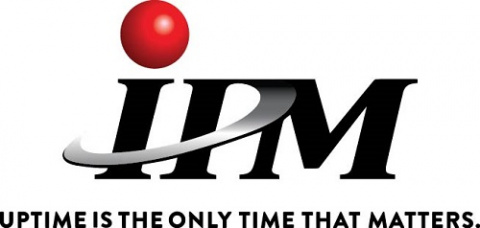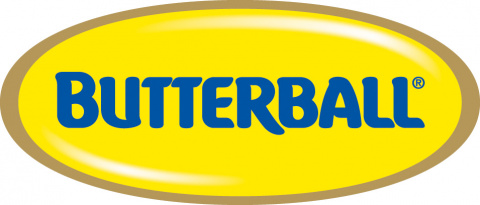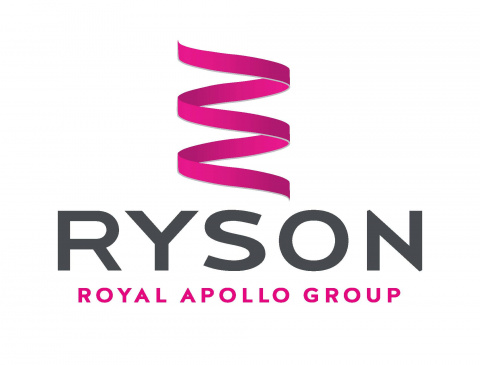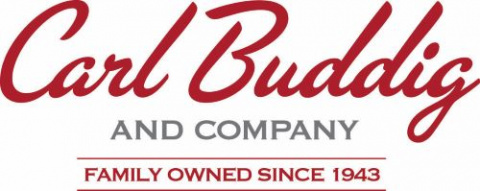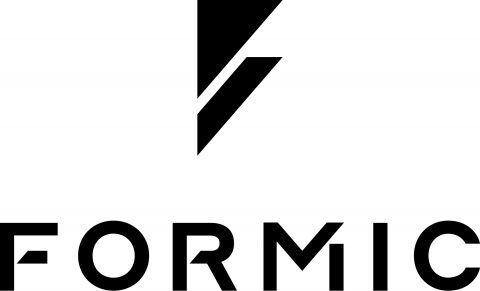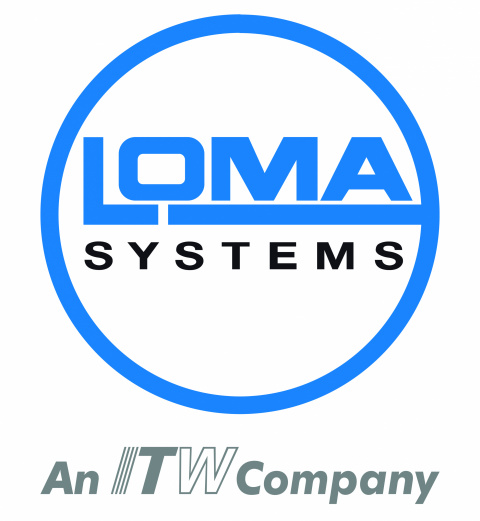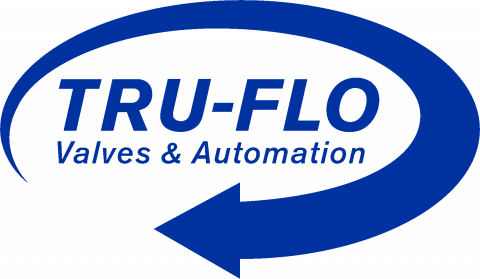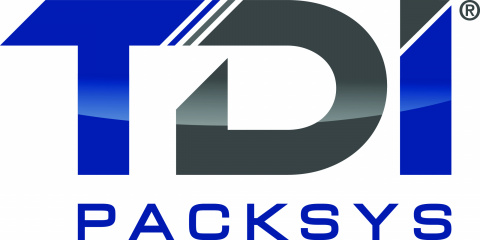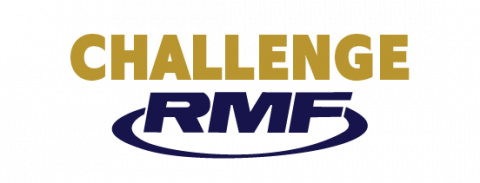The Small Business Administration (SBA) recently released the Paycheck Protection Program (PPP) Loan Forgiveness Application and instructions that provide much-needed insight for PPP borrowers and lenders. The SBA also issued an additional interim final rule to address uncertainty concerning the treatment of foreign affiliates created by previous SBA guidance.
SBA Loan Forgiveness Application and Instructions
The long-awaited Loan Forgiveness Application and instructions provide borrowers and lenders the first substantive guidance on the issue of PPP loan forgiveness. Notable concepts and clarifications in the application and instructions include:
- Borrowers may elect to apply an alternative payroll covered period, which allows the borrower to begin calculating the eight-week covered period on the first day of their first pay period following its PPP Loan Disbursement Date.
- Guidance on how to calculate payroll costs, introducing “costs incurred” and “costs paid” concepts and a broader term of “cash compensation” that counts toward the $100,000 annual salary limitation toward forgiveness.
- Information related to the calculation of full time equivalent (FTE) employees, including the treatment of any employee who works under 40 hours per week and a simplified alternative calculation.
- Confirming the June 30, 2020, deadline to restore FTE headcounts, even if that date is outside of the borrower’s eight-week forgiveness period. Note, that the forgiveness application does not allow for a comparable exemption for any previously decreased wages that are restored by June 30, as contemplated in the CARES Act.
- Methodology for calculating the impact that any decrease of the average salary or hourly wage of employees may have on a borrower’s forgiveness amount.
- Mortgage interest related to certain real and personal property mortgage obligations are included in covered “business mortgage interest payments.”
- Covered “business rent or lease payments” include certain payments pursuant to certain leases of real and personal property.
- “Business utility payments” include payments for a service for the distribution of electricity, gas, water, transportation, telephone or internet access for which service began before February 15, 2020.
- An acknowledgement by borrowers that the SBA may request additional information for the purposes of evaluating borrower’s eligibility for the PPP loan and subsequent loan forgiveness. Failing to provide such information may result in a determination that the borrower was ineligible or a denial of loan forgiveness.
- A requirement to indicate on the application whether the borrower, together with its affiliates, received PPP loans with an original principal amount in excess of $2 million.
Each borrower’s loan forgiveness application process and determination will be unique, taking into account the borrower’s distinctive circumstances and analyzing the PPP rules to maximize related loan forgiveness.
Safe Harbor for Applicants Who Did Not Include Non-U.S. Employees
The SBA acknowledged that its own prior guidance created confusion and ambiguity. As such, it posted an interim final rule on May 18, that further clarified that an entity must include all employees of its domestic and foreign affiliates, except in those limited circumstances where the affiliation rules expressly do not apply to the entity and any entity that, together with its domestic and foreign affiliates, has more than 500 employees, or does not otherwise meet an applicable PPP size standard, is ineligible for a PPP loan.
Any small business that applied for a PPP loan prior to May 5, 2020, will not be found to be ineligible for a PPP loan based on the applicant’s exclusion of non-U.S. employees from the applicant’s total employee headcount as long as the applicant, together with its affiliates, had no more than 500 employees whose principal place of residence in the United States. Any such applicant will also not be deemed to have made an inaccurate certification of eligibility solely on that basis, but still may not use PPP funds to support non-U.S. workers or operations.
[***Please note that these materials are provided for informational purposes only and should not be a substitute for legal or accounting advice. In all instances, individuals and companies should consult with their own legal and accounting professionals]
